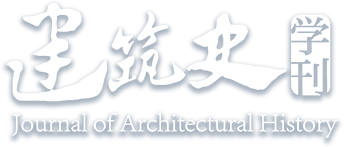Abstract:
This study embarks on an exploration of the late Ming Nanjing cityscape portrayed in the painting titled “
Colorful Lanterns at Shangyuan”, adopting a dual-pronged approach that utilizes imagery as historical evidence to delve into both the tangible physical environment and the intangible mental consciousness associated with it. It views the depicted landscape as a collective mental image, mutually acknowledged by both the artist and the patron. By conducting a critical analysis of the visual material, the study uncovers authentic architectural and cityscape details, alongside non-realistic and subjective elements. Additionally, it places hypotheses regarding the mechanisms and causes behind the morphological transformations and examines the significance of the built environment, encompassing the residents’ emotional attachment to the space and their sense of place. In so doing, this study unearths the subtle characteristics of the Nanjing’s urban morphology in the late Ming, shedding light on the importance of subjective information within imagery for comprehending traditional human environments and their inherent meanings.


 下载:
下载: